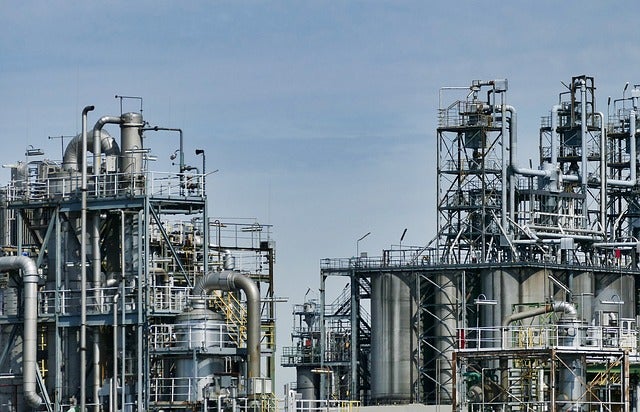
Oil marketing firm IndianOil Corporation (IOC) board has approved the implementation of the INR178.250bn ($2.41bn) petrochemical and lube integration project at the Gujarat refinery.
The project is expected to increase the Gujarat refinery’s capacity to 18 million tonnes per annum (MTPA).
It will also result in integration to petrochemicals with the production of 500-kilo tonnes per annum polypropylene, the firm said.
In a press statement, IndianOil said: “The project would be a building block for production of niche chemicals in future with a potential to increase petrochemical and speciality products integration index on incremental crude oil throughput which would enhance the Corporate margins of lndianOil.”
The project also includes the production of Lube Oil Base Stock (LOBS) of 235 kilo tonnes per annum.
Gujarat Refinery currently has 13.7 MTPA of processing capacity
Expansion of the Gujarat Refinery, which was commissioned in 1966, has taken place in phases over the years from 2 MTPA to current 13.7 MTPA.
The Gujarat Refinery, which has about 40 operating units, processes indigenous and imported crudes into LPG, petrol, diesel, ATF and other petroleum products.
In 2017, IOC approved the expansion project that will see the installation of a new 15 MTPA Atmospheric Vacuum Unit (AVU) and its associated utilities at the refinery.
At that time, IndianOil chairman Sanjiv Singh said: “Gujarat Refinery, which went on stream in October 1965 as a 1mmtpa unit, heralded India’s capabilities to build refineries on its own. In the same vein, we are now proposing to incorporate IndianOil’s own R&D technologies for both IndMax and kerosene hydro-desulphurisation units.
“The IndMax unit is being designed for high yields of propylene, for which a polypropylene (PP) unit of 420 mmtpa capacity is being set up as a downstream petrochemical unit as part of the refinery configuration.”






